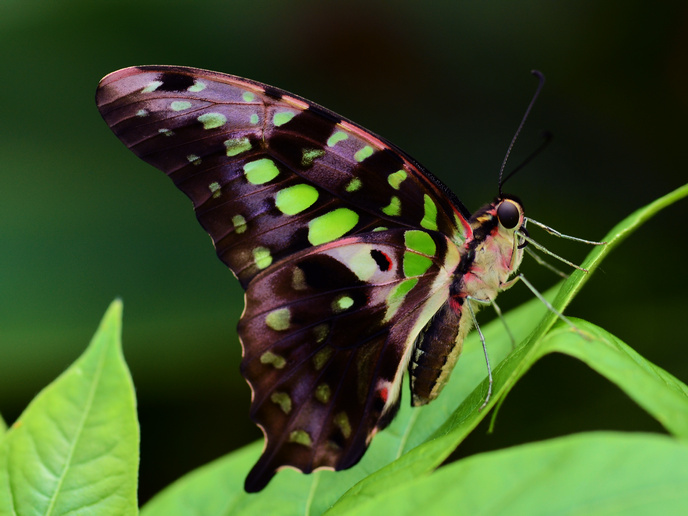Casting new light on the evolutionary past of species
Speciation – the course over which a population within one species separates and develops its own unique characteristics – is a slow evolutionary process that is difficult to observe directly. Often the best source of information we have about when and how speciation happened comes from sequence variation along the genome (the set of DNA instructions found in a cell). “For example, we can use the number of sequence differences to date the divergence of species,” explains ModelGenomLand project coordinator Konrad Lohse from the University of Edinburgh in the United Kingdom. Researchers however have tended to focus on a small number of model organisms. These include fruit flies and other insects where speciation happened rapidly or involved conspicuous changes such as colour pattern differences in butterflies. Scientists have also struggled to distinguish natural selection acting generally within a species from selection enforcing barriers to gene flow between species. “Given these biases, our understanding of how speciation happens in general remains poor,” adds Lohse.
Mathematical tools to understand genetic changes
The ModelGenomLand project, which was supported by the European Research Council, sought to develop new mathematical tools to allow scientists to model variation in the strength of species barriers along the genome. “An important mathematical breakthrough was made by PhD student Gertjan Bisschop, who developed an algorithm to speed up these calculations,” explains Lohse. This could provide a better understanding of the genetic changes that led to the evolution and maintenance of species differences and enable the reconstruction of speciation histories in an unbiased manner. To investigate speciation processes, Lohse and his colleagues connected with the Spanish National Research Council lab of Roger Vila, a leader in butterfly diversity, and generated data for 20 sister pairs of butterfly species. The ModelGenomLand team also collaborated with the Darwin Tree of Life project and the lab of Alex Hayward at the University of Exeter to assemble reference genomes for these species.
Genome-wide variation and evolutionary processes
The project successfully developed a new way of linking genome-wide variation to fundamental models of evolutionary processes. This has led to some important findings. “Data analysis shows that most butterfly species that originated in Europe did not form during one of the major ice age cycles as had been assumed previously,” notes Lohse. “They are much older, in many cases predating the start of the Pleistocene 2.6 million years ago.” The team also found that even species pairs that started to diverge more than 1 million years ago continue to exchange genetic variation. “Another PhD student working on the project, Alexander Mackintosh, analysed genome sequences from a pair of butterfly species whose chromosomes had undergone a large number of rearrangements,” says Lohse. “By modelling the speciation process along the genome, he was able to show that rearrangements were associated with a lower rate of gene exchange between the species, promoting their divergence.”
Investigating evolutionary scenarios across species
The new approaches pioneered through the ModelGenomLand project are now being used to investigate evolutionary scenarios across a wide range of species. “Analyses of the speciation genomic data generated by the project are ongoing,” adds Lohse. “Describing the general properties of species barriers requires broad comparisons of demographic histories and genomic landscapes.” A key next step, says Lohse, is to understand just how ‘leaky’ barriers between species are, and to characterise both the duration over which beneficial variation continues to be shared between emerging species, and the type of variation that occurs.
Keywords
ModelGenomLand, evolutionary, species, mathematical, DNA, genetic, genome



